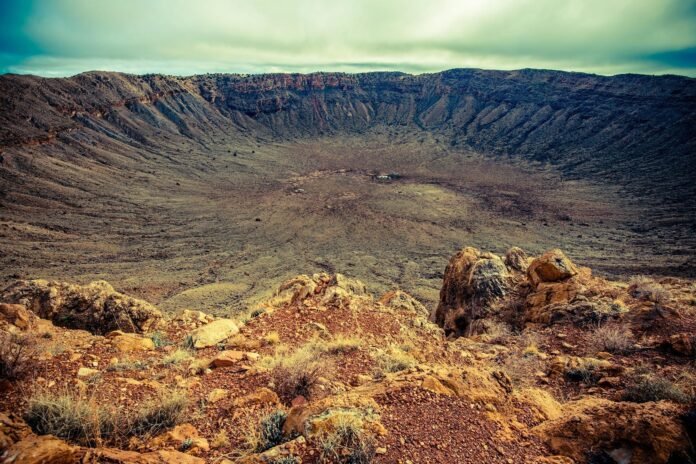
A groundbreaking discovery in the Pilbara region of Western Australia has unveiled what is now considered the oldest known meteorite impact crater on Earth. Dating back over 3.5 billion years, this impact site predates all previously identified craters by more than a billion years. The findings provide crucial insights into the formation of Earth’s earliest continents and open new pathways for understanding our planet’s geological evolution and the origins of life.
A Window Into Earth’s Past
The newly discovered crater sheds light on the fundamental processes that shaped the young Earth. Scientists suggest that meteorite impacts played a pivotal role in forming the planet’s first landmasses. The extreme energy released by such collisions may have influenced early chemical and biological processes, making this discovery a significant piece in the puzzle of Earth’s formative years. These findings lend support to the hypothesis that external celestial forces, rather than just internal geological activity, contributed to the emergence of the planet’s continents.
Deciphering Early Continental Formation
For decades, geologists have debated how the oldest rocks on Earth—over 3 billion years old—came into existence. Found primarily in the ancient cores of modern continents, these rocks have sparked two leading theories. One proposes that they formed due to heat-driven mantle plumes rising from deep within the Earth, while the other argues for their creation through early plate tectonic movements. Both perspectives acknowledge the crucial role of heat dissipation from Earth’s interior in shaping the planet’s surface. The newly discovered impact crater adds a compelling dimension to this debate, suggesting that meteorite impacts also played a role in the formation of early continental crust.
The Search for the Ancient Crater
This remarkable discovery was the result of extensive fieldwork that began in May 2021. Researchers focused their efforts on the Antarctic Creek Member, a distinctive rock layer in the Pilbara region. They searched for shatter cones—rare geological formations that serve as unmistakable indicators of past meteorite impacts. Their efforts were rewarded when these structures were identified, confirming the existence of an ancient crater. Further analysis in May 2024 provided definitive age data, linking the impact event directly to the Antarctic Creek Member and securing its place as Earth’s oldest known crater.
Evidence Supporting the Impact Hypothesis
The presence of shatter cones throughout the Antarctic Creek Member offered irrefutable proof of a past impact event. These unique structures only form under the immense pressures generated by meteorite collisions and have remained preserved since their initial formation. Subsequent laboratory studies confirmed that the impact event coincided with the age of the rock layer, strengthening the argument that this ancient crater influenced the formation of Earth’s early continents.
A New Frontier for Scientific Exploration
This discovery raises profound questions about the role of meteorite impacts in shaping not only Earth’s physical landscape but also the environmental conditions necessary for life to emerge. It suggests that numerous other ancient impact craters may remain hidden within the cores of Earth’s oldest landmasses, awaiting discovery. Future research in this field has the potential to reshape our understanding of early Earth processes and may even offer insights into how life could arise on other planets with similar geological histories.
As scientists continue to uncover the secrets of our planet’s past, this finding stands as a testament to the enduring power of celestial events in shaping the world we know today. With further exploration, we may soon unlock even more hidden chapters of Earth’s ancient history.

